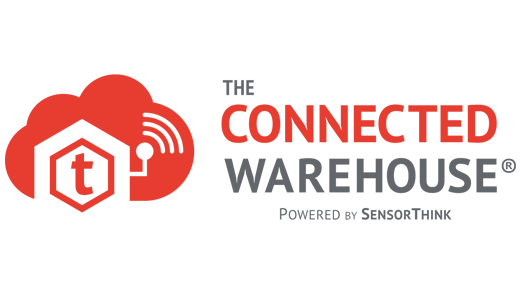Published June 5, 2018
Increased visibility across the supply chain is a growing demand from businesses and customers alike. Businesses need to rapidly detect and react to supply chain disruptions to meet service levels, customers want real time knowledge of order status. This demand for visibility is also penetrating the walls of the warehouse. A connected environment and emerging technology will enable this sought after visibility.
To date, transportation has seen more advancement in supply chain visibility than the warehouse. Capabilities exist to track the location and status of shipments, while the warehouse is largely a black box. Inside, many warehouses remain silos of information, with vertical tech stacks for specific automated processes and equipment. However, new capabilities are emerging.
In the next few years, warehouse processes will be increasingly automated by new technology. Advancements in robotics are promising to automate more of the picking process. Autonomous guided vehicles (AGV) seek to improve efficiency while reducing the need for conveyor. The Internet of Things (IoT) sensors will enable predictive maintenance, mitigate machine downtime, and provide insight to productivity gaps. Real time tracking of products, assets, and people will provide a granular view of operations. Multi-purpose drones will offer cycle counting and yard management, along with security and safety surveillance. These increases in technology will bring a wealth of information to warehouse operations and the supply chain.
Platforms will be essential to harnessing this expansive information. Analytics yield the most impactful insights when the data is the most comprehensive. In order to drive efficiencies, reduce costs, and improve customer experience, businesses will demand to have their data in one place and breakdown the information silos. Platforms will provide the ability to integrate warehouse technologies as well as supply chain systems, storing the data in one place, thereby enabling a connected environment and enhanced visibility.
Warehouse Execution Systems (WES) will adapt to utilize real-time information from connected platforms. With visibility to automation, people, and transactional data, a WES will have the ability to efficiently manage operational processes, predict bottlenecks, and automatically react to avoid service level disruptions. Big data analysis and machine learning insights will enable a WES to adapt to more complex conditions.
Many companies are already planning for this next generation, the connected environment to achieve supply chain automation and visibility. Expect to see platform and data integration technology come to fruition in the near future. Growth in WES capabilities will coincide with advancements in robotics and IoT technology. Packaged analytics solutions focused on warehouse operations will also surface to provide businesses value from their data without the need for in house data scientists.
More Resources:
- IoT Platform: SensorThink
- Video: Tompkins Robotics Presents t-Sort
- Article: Robots in the Warehouse: A Supply Chain Game-Changer



